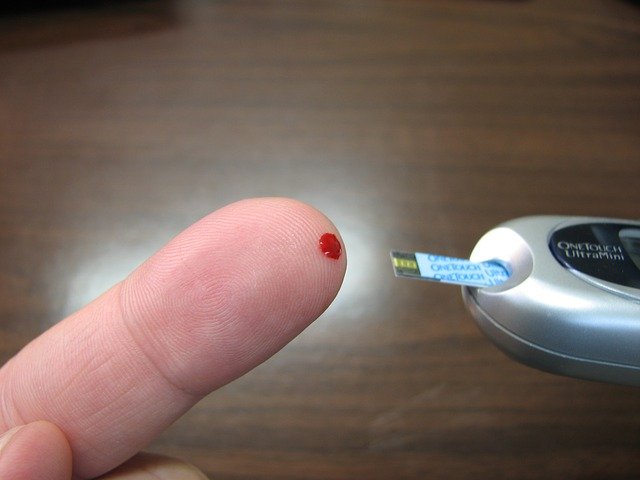A new study suggests that use of stem cell transplantation, particularly among patients with shorter disease duration and lower body mass index, may be a viable clinical option for treating type-2 diabetes and its comorbidities.
In new research, published in STEM CELLS Translational Medicine, researchers from Vinmec Research Institute of Stem Cell and Gene Technology in Hanoi, Vietnam, and Stanford University, California, investigated the safety and efficacy of administering bone marrow stromal stem cells to patients with Type 2 diabetes (Nguyen et al., 2021).
The study found that patients with type-2 diabetes (T2DM) can benefit from their stem cells transplanted if two conditions are met: T2DM duration of <10 years and a body mass index <23.
Bone marrow stromal stem cells (BM-MSC) play a crucial role within the body’s immune response and may transform into connective tissue cells in any organ. Over the previous 50 years, they have emerged as a versatile cell source in the field of regenerative medicine (Zhang et al., 2020).
This investigation aimed to test the hypothesis that autologous BM-MSC administration in T2DM patients is safe and that the efficacy of the treatment depends on the standard of the autologous BM-MSC population and administration routes.
The Study
In the investigation, a total of 30 adult patients have been recruited. The participants had different body mass indexes, additionally had diabetic histories ranging from 1 to 25 years.
Every participant obtained two infusions of the cells intravenously by injection into an artery that provides blood to the pancreas. The cells given to participants were autologous or taken from the patients’ bodies.
Researchers assessed patients’ safety. After giving the therapy, the patients have been monitored for 48 hours. The researchers didn’t find any critical problems as a result of the treatment.
Additionally, they re-examined the patients at one-month, three-month, six-month, and one-year intervals for the efficacy of the treatment. The efficacy was evaluated primarily based on the absolute changes in the hemoglobin A1c, fasting blood glucose, and C-peptide levels all through the 12-month follow-up.
Outcome
Results indicated that autologous BM-MSC administration was effectively tolerated in 30 T2DM patients. Furthermore, short-term therapeutic results have been observed in patients with T2DM duration of <10 years and a body mass index <23.

Reviewing the results, the researchers suggested that autologous administration of BM-MSCs in the treatment of T2DM should be carried out in patients with T2DM duration <10 years and no obesity.
However, future work with a bigger cohort focusing on patients with different T2DM histories is required before confirming the therapy results and knowing better understanding the mechanism underlying the observation—the authors stated.
Over 420 million people worldwide have Type 2 diabetes, a disorder accounting for about 90% of all diabetes cases that often result in disability or loss of life (DeFronzo et al., 2015). Individuals with Type 2 diabetes can not make good use of the insulin their bodies produce. Increased physical exercise and a healthy diet can improve the disorder in some people; however, many should take insulin or medication to regulate their blood glucose levels.
The trial first to link the outcomes of autologous BM-MSC transplantation with BMI index and T2DM duration shows the treatment is safe and opens the way for other trials exploring the potential benefits of this treatment in non-obese patients who’ve had the disorder less than 10 years, said Liem Nguyen, the institute’s research director.
Significance
The outcomes of this randomized trial for T2DM patients and the injection of their own bone marrow stromal stem cells is encouraging and potentially may add to the treatment arsenal for this chronic disease that affects so many worldwide, stated Anthony Atala, M.D., Editor-in-Chief of STEM CELLS Translational Medicine and director of the Wake Forest Institute for Regenerative Medicine.




















